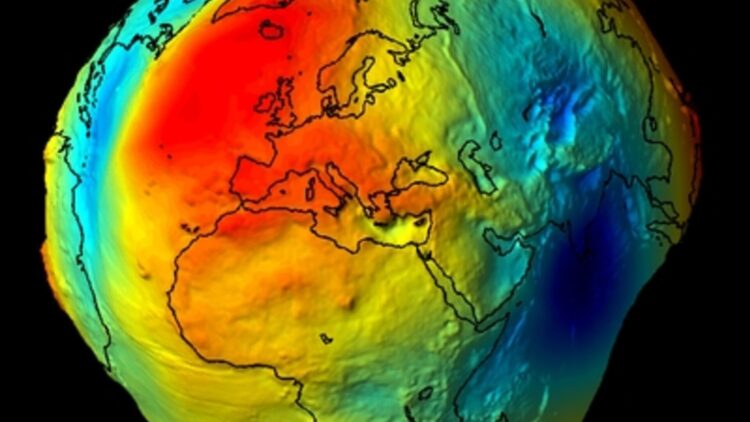We’ve had a lot of fun with flat Earthers over the years. From accidentally proving themselves wrong to crowdfunding trips to send them to space , they’re an easy group to mock.
Is the Earth flat? The answer is absolutely, unequivocally no . But here’s a more intriguing question: is the Earth spherical? It’s a fascinating rabbit hole to dive down, and the answers are actually pretty surprising.
We all know that the planet isn’t smooth.

Thanks to mountain ranges and deep-sea trenches, we know that the planet isn’t smooth like a marble. But these changes in elevation are miniscule in comparison to the Earth’s size. Most of us conceptualize Earth as a perfect sphere, one that has a few bumps and ridges if you get close enough.
A TikToker raised a fascinating point.
Because most of us get our hard science news exclusively from TikTok influencers these days, this video from TikToker @holly.moffatt caused quite a stir. In it, Holly’s mind was completely blown by the revelation that the planet we all live on is not really that round.
The science backs it up.

This image comes straight from the European Space Agency, so you know it’s legit. It’s worth noting that this actually shows Earth’s gravitational fields, not the true shape of the planet. Still, those gravitational fields (along with other principles of astrophysics) help explain why the planet isn’t quite round.
It looks round from space, doesn’t it?

It does indeed look round from space, and roughly speaking, it is round. But its true shape is irregular . Indeed, the planet is fatter at the equator. This is due to centrifugal force from Earth’s rotation, which serves to distort things.
It can be influenced by all sorts of things.

We think of sea level as a consistent, unchanging metric. But the ocean’s surface can vary by a lot: more than 300 feet, thanks to variations in our planet’s gravitational field.
What should we call our planet’s shape?

It isn’t really a sphere, but what is it? According to Scientific American , it’s more of a ‘bumpy spheroid.’ This means that it’s kind of like a sphere, only not, since the Equator bulges out while the poles are slightly squished.
Think of it like modeling clay.

Our planet has “a bit of plasticity that allows the shape to deform very slightly,” said geologist Vic Baker from the University of Arizona. “The effect would be similar to spinning a bit of Silly Putty, though Earth’s plasticity is much, much less than that of the silicone plastic clay so familiar to children.”
Gravity isn’t always consistent.

The laws of gravity are a foundational principle for life on Earth, but that doesn’t mean that gravity always behaves the same way. In areas where the Earth is less dense, gravity pulls straight down. But in denser areas, the gravity pulls down and slightly to the side .
This difference is subtle and not noticeable, but it’s absolutely present.
What can we do with this information?

This is all well-known by geologists and astrophysicists, but less so for the average person.
The long and short of it? Our planet looks pretty spherical, but it’s more like a sphere that’s been squished down a bit at the poles and bulges out a bit at the equator. At the very least, it’s a fun bit of trivia.
Let us know what you think of this story in the comments!


















































